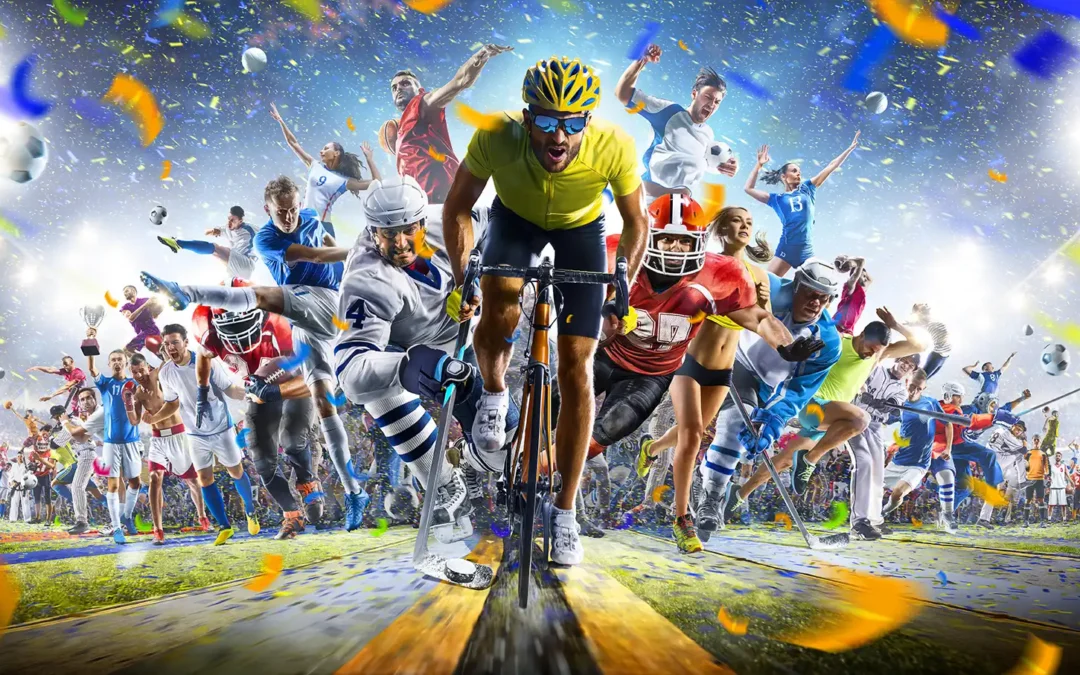In the world of collegiate sports, one of the hottest topics today is NIL—Name, Image, and Likeness. Since the NCAA allowed athletes to profit from their NIL rights starting in July 2021, the landscape of college athletics has shifted dramatically. For sports enthusiasts and Bishop Business customers alike, understanding NIL is essential to grasping the evolving nature of college sports.
This article is the first in a series where we’ll break down what NIL means, its rules, and its impact on athletes, schools, and fans.
What is NIL?
NIL allows college athletes to profit from their name, image, and likeness through various means such as endorsements, sponsorships, social media, merchandise, and more. Previously, the NCAA prohibited student-athletes from receiving compensation for their NIL rights, but this restriction has now been lifted, opening a world of opportunities for athletes to monetize their personal brands.
The Rules Around NIL
While the NCAA has opened the door to NIL, they’ve left much of the regulation to individual states and schools. Here are some general guidelines:
- No Pay for Play: NIL deals cannot be tied directly to athletic performance or enrollment at a specific school. For example, companies can sponsor athletes, but they can’t pay them solely to attend a certain college.
- No School-Sourced Deals: Colleges and universities cannot directly pay athletes for their NIL. They also cannot negotiate deals for them. However, some schools provide resources like education and guidance on NIL opportunities.
- Compliance with State Laws: Each state may have its own NIL laws. Schools and athletes must comply with their state’s specific regulations, which can differ widely from one another.
- Fair Market Value: Athletes must be compensated at a fair market rate for their NIL, ensuring that deals are legitimate business transactions and not a disguised form of recruitment or compensation for athletic performance.
Advantages of NIL for Athletes
- Financial Independence: The most obvious benefit of NIL is that athletes can now earn money. This can be life-changing, especially for athletes who come from underprivileged backgrounds.
- Entrepreneurial Growth: NIL allows athletes to build their personal brand while still in school. Many athletes are using social media platforms, starting businesses, or even launching merchandise lines.
- Long-Term Career Opportunities: By capitalizing on their NIL, athletes can develop business skills, establish connections with companies, and build a personal network that can be valuable long after their college sports careers are over.
- Equity in Sports: NIL empowers athletes in lower-profile sports, not just football and basketball players, to earn compensation based on their marketability. Female athletes, in particular, have excelled in NIL deals thanks to strong social media followings.
Disadvantages of NIL for Athletes
- Distraction from Academics and Athletics: The potential to earn significant income might pull athletes away from their primary focus: education and sports. Managing endorsements, sponsorships, and maintaining a public presence can become a full-time job.
- Unequal Opportunities: Not all athletes will benefit equally from NIL. Star players in big-market sports may receive lucrative deals, while athletes in smaller programs or lesser-known sports may struggle to attract the same attention or compensation.
- Tax Implications and Legal Issues: Athletes are now essentially running a business, which means they need to understand tax laws, contracts, and other legal obligations. Without proper guidance, they could face financial pitfalls.
- Team Dynamics: NIL has the potential to create divisions within teams. If some players are making large sums of money while others are not, it could lead to jealousy or tension in the locker room.
The Road Ahead
NIL is still relatively new, and its long-term impact on collegiate sports is yet to be fully understood. While many athletes have already taken advantage of the opportunities it provides, the rules, regulations, and potential pitfalls continue to evolve. As fans, it’s important to recognize that this new era allows athletes the chance to benefit from their hard work and talent in ways they never could before.
In our next article, we’ll explore how schools are responding to NIL, the role of collectives, and what the future holds for collegiate athletics under this new system. Stay tuned!
—
Sources:
- NCAA: [NIL Policies](https://www.ncaa.org/sports/2021/7/1/name-image-and-likeness.aspx)
- USA Today: [NIL Deals and Impact](https://www.usatoday.com/story/sports/2022/07/01/nil-college-athletes-one-year-later/7776068001/)
- Sports Illustrated: [NIL Regulations](https://www.si.com/college/2021/07/01/nil-rights-college-athletes-explained)


